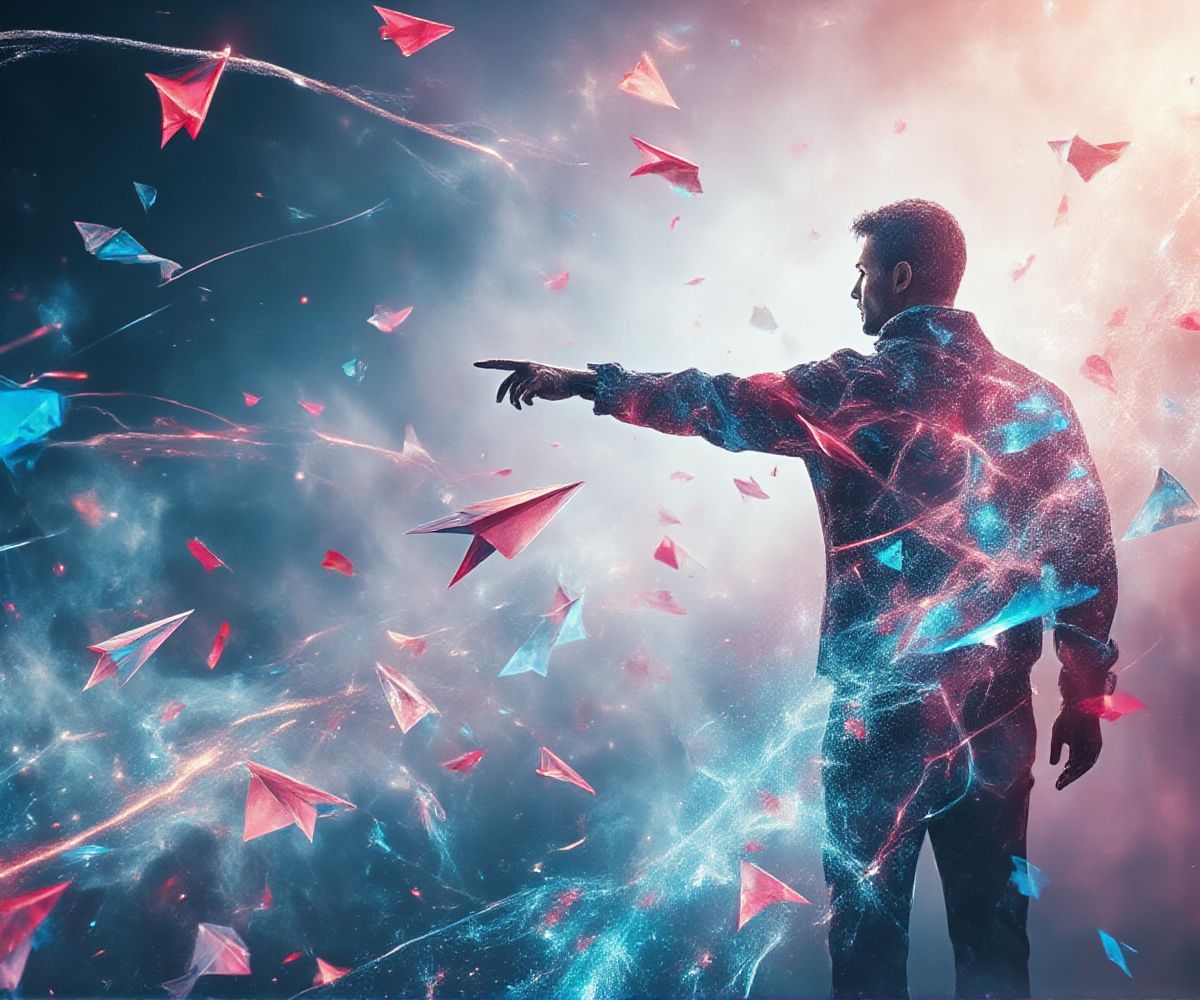Double exposure, a unique artistic style, has become a popular photographic technique among photographers and designers. This style involves superimposing two or more images onto one another, resulting in a visually striking and thought-provoking outcome. I recommend readers to explore this technique using software tools such as Adobe Photoshop. Addition techniques, such as double exposure neumorphism, have emerged recently and can also be experimented with. Neumorphism, a modern design trend, involves incorporating the appearance of real-world objects, such as leather, paper, or buttons, into digital interfaces. By combining these two styles, one can create optical illusions and surreal compositions that captivate the viewer.
The usage of different software and filters allows for endless possibilities and creativity in capturing and creating double exposure images. Programs like Lightroom and Adobe Photoshop offer numerous presets and tutorials on how to approach these techniques artistically. Other helpful apps include Enlight Vista and Snapseed, which can also be used to explore this style.
If designing something related to leadership concepts, one can try incorporating a group of paper airplanes into the composition. These airplanes can represent individuals in a group, while the direction of flight can symbolize the direction of leadership. To highlight this message, consider blending light and dark elements in the frame, emphasizing the individual’s direction against the group’s flow.
Typically, double exposure styles enhance intricate details and sharp edges in images, particularly in low-light or abstract environments. This effect can be achieved with a wide aperture of f/12, which helps achieve a blurry effect that’s reminiscent of dream-like atmospheres. Additionally, adding a pastel gradient overlay and soft shadows can create a more refined visual.
Finally, artistic digital design depends on creative software like CorelDRAW and Adobe Illustrator. These tools allow the creation of complex, layered images and animations that give life to the illusions found in double exposure images.

